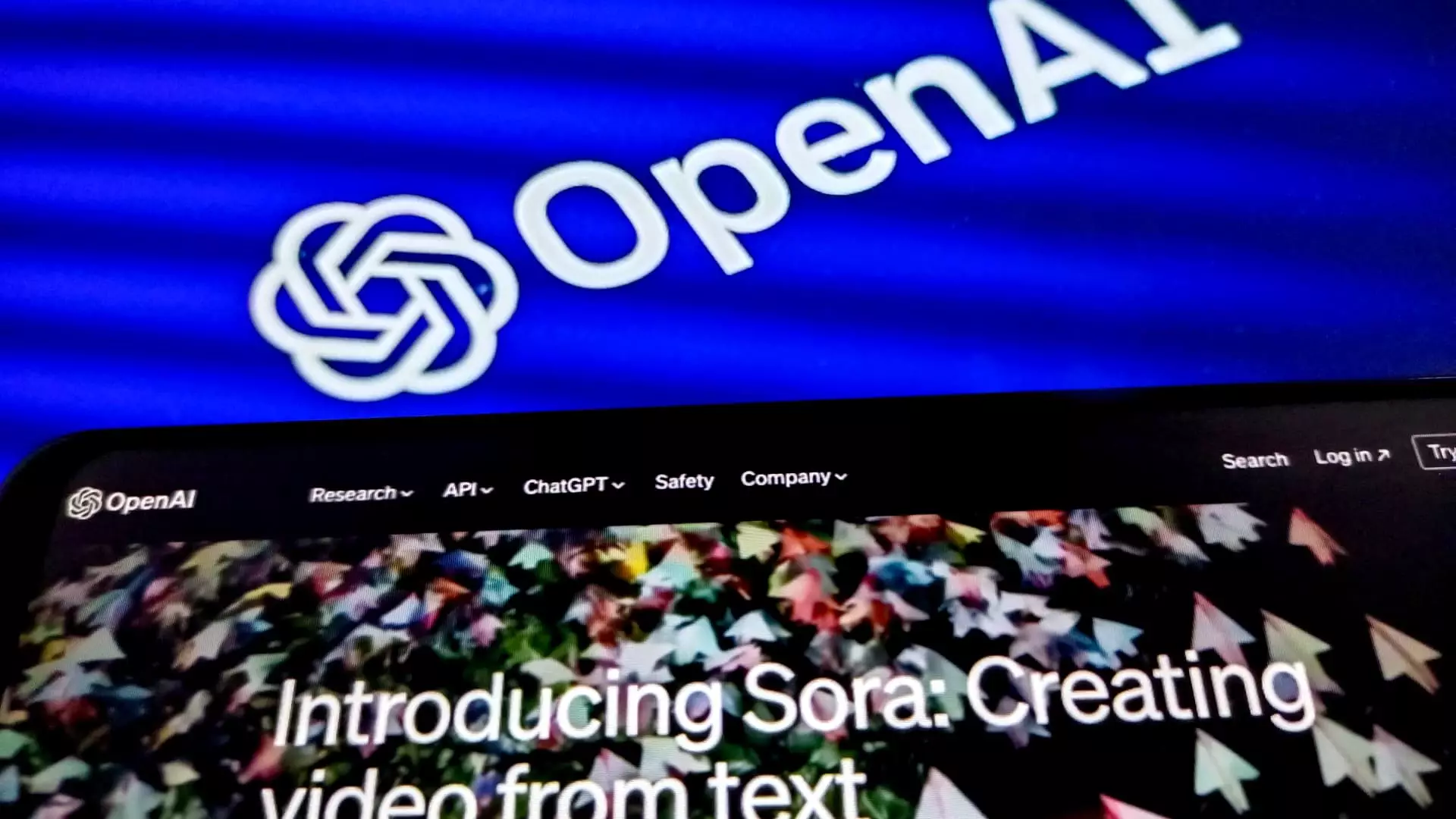The recent departures of several key executives from OpenAI have raised eyebrows among investors and stakeholders, prompting a reaction from the company’s CFO, Sarah Friar. Friar’s communication sheds light on the internal dynamics of a startup that has made waves in the artificial intelligence landscape. Chief Technology Officer Mira Murati’s resignation, combined with the exits of research stalwarts Bob McGrew and Barret Zoph, signifies a turbulent period for a company that has gained substantial attention and investment, primarily from Microsoft and other tech giants.
Murati’s tenure at OpenAI spanned six and a half years, during which she played a foundational role in the development of the company’s technologies. Prior to her departure, she had briefly held the position of interim CEO following the controversial dismissal and subsequent reinstatement of co-founder Sam Altman. Such a rapid shift in leadership often indicates underlying instability, prompting both speculation and concern among investors regarding the company’s future trajectory and operational continuity.
In a bid to quell concerns, Friar emphasized the resilience and aptitude of the remaining leadership team in her correspondence with investors. According to her, OpenAI possesses a “talented leadership bench” capable of navigating through these changes successfully. However, the departure of multiple high-profile individuals raises doubts about the organizational structure and strategic direction of the company. The stability of any startup, especially one as high-profile as OpenAI, is paramount, and consistent turnover at the executive level may present challenges in maintaining investor confidence.
Despite these leadership challenges, OpenAI is reportedly on the brink of closing a significant funding round valued at $6.5 billion, projected to elevate its valuation to around $150 billion. This latest influx of capital indicates that while there may be internal disruptions, the external market still views OpenAI favorably as a heavyweight in the competitive AI sphere. Thrive Capital is leading this financing initiative, highlighting the confidence that major investors continue to have in the brand and its potential.
A Future-Focused Approach
In her message to investors, Friar elaborated on OpenAI’s commitment to innovation and operational sustainability. She stated that the team would conduct a series of calls aimed at bridging investors with key leaders from product and research teams. This initiative reflects an effort to mitigate apprehensions caused by the recent executive departures while reinforcing that the company remains focused on delivering value to stakeholders. OpenAI’s goal to make AI accessible to everyone, in conjunction with developing sustainable revenue streams, underlines a strategic vision that balances innovation with business sensibility.
To fill the gap left by Murati, Mark Chen is set to assume the role of Senior Vice President of Research, and the company continues to assert that it has the right personnel in strategic roles to push the boundaries of AI development forward. Notably, with talent like Kevin Weil and Srinivas Narayanan onboard, OpenAI is aiming to show that its culture of innovation persists despite the executive turnover.
While the departures have stirred uncertainty, it is crucial to examine the broader implications for OpenAI and the AI industry at large. The churn at the top could prompt a recalibration of company strategies and priorities. Investors and competitors alike will be closely watching how OpenAI leverages its substantial financial backing to sustain its leadership position in a landscape that is rapidly evolving with emerging players like Anthropic.
Moreover, as OpenAI navigates these transitions, the response to concerns about equity distribution among its co-founders could also become a focal point for discussions about corporate governance and ownership structures. Altman’s clarification that he would not receive a “giant equity stake” brings to light the importance of transparency in corporate communication, especially in the wake of significant leadership changes.
OpenAI stands at a pivotal moment characterized by executive departures and forthcoming funding opportunities. While financial backing suggests vaulting potential, the effectiveness of OpenAI’s leadership transitions will ultimately determine its course. Navigating investor concerns while pushing innovative boundaries will be essential for the company as it ventures into this uncertain yet promising future. The coming weeks and months will be telling in shaping the next chapter of OpenAI’s story in the world of artificial intelligence.


Leave a Reply